A typical startup entrepreneur has the duties of wearing multiple hats. They’re responsible for their finances by maintaining a positive cash flow. In order to stay in the black and make a profit, founders are also the main salesperson. For the sale to occur, the prospect needs to believe the founder is organized to deliver the goods/services. The daily grind is repeated over and over again.
What may not be repeated are the efforts to increase your brand equity. Hence, the need to promote your brand.
For example, Apple understands the value of a brand. From a consumer perspective, brand equity is based on consumer attitudes about positive brand attributes and favorable consequences of brand use. – AMA’s Definition
Apple’s Success
Thanks to Apple’s success in knowing their brand and capacity, all of their products and services passed the proof-of-concept stage and showed profitable before they jumped into the market themselves. In Silktide’s diagram, the timeline shows they were very slow and deliberate. If you’re a techie junkie, here is a great story of the details when Steve Jobs unveiled the iPad and some other great history around it. Later, the MacBook Pro and then the iPhone.
Within one year, I converted everything to Apple. They used one product to get me in the door, and after that, I was hooked. Apple isn’t for everyone, but they’re not looking for everyone either.
Not Everyone is Your Client
I wish someone would have sat me down and told me what when I started. Everyone with a heartbeat isn’t your client. Not to say you don’t have everyone in mind, but believing that everyone will be your customer is naive. In my improper English way, “Not Everyone” is the key operative. Therefore, do not build a business for everyone. Be specific.
The best way to build your brand is to ensure your company and products and/or services satisfy the need of your existing customer base. Think of long-term success. Sustainability is better than a get-rich-fast scheme, but if that’s what you’re doing, you’re not branding.
Hire a Marketing Professional
As a brand new business, there are a ton of mistakes you don’t have to make. Marketing is one of those typical mistakes placed on the backburner and never given the proper attention it deserves. Hire marketing professionals who have the experience to help integrate business development and operations.
Your marketing strategy should describe your “niche client” and break down some of the touchpoints within the sales funnel. Keep in mind, mobile devices are the new norm so digital marketing is the new marketing.
Three Tips
Some of the most common mistakes I see startups make in a sit-down meeting or networking event are the following:
1. Sharing Brand Logo– we all have short attention spans. Unless you secure a contract in that initial meeting, the need for your firm’s services is relative to the relationship they remembered about you. Another way to think of it is, to be memorable.
There was a time when brand names needed to have a symbolic meaning. Company names had to describe who they were and what they did. For example, one of my favorites is American Express‘s history. They’re known to be a credit card company to an exclusive group of qualified individuals. What’s pretty cool about their historical roots is that their goal was to transport goods in the mid-1800s. Their pivot of services changed how credit cards are viewed through a merger with a bank and some other tidbits of details.
- How can you show off your brand daily?
- Can you be more efficient with your day if you had an app to stay top of mind?
- Does your brand have tangible swag to increase exposure?
2. Staying Active with Supporters– the responsibility to continue the pipeline of sales is vital to the success of the company. We look for different types of hacks like webinars, lunch and learns, and workshops to continue to master our craft. This is called a sales funnel. The process should be documented, so staying top of mind isn’t lost as an operational task.
A simple and common way to stay engaged with supporters is through newsletters.
Retailers use mass mailings via the USPS mail channel disguised as coupons. Fast food restaurants love the LTO (aka, limited time offer) promotion strategy or happy hour specials to keep customers as repeat buyers under a loyalty program. These marketing strategies keep your prospective consumer (also known as a customer avatar) in the sales funnel to convert into a customer.
- What’s the easiest way to stay top of mind with your supporters?
- Do you need to schedule 30 minutes to execute your promotion strategy?
- Is there a way for non-clients to stay engaged with your brand?
3. Brand 24 hours a day– this is probably the most simple one, but it’s a killer when not executed. For example, when companies don’t have a basic website to tell the world who they are and what they do is a complete miss. Since we live in the 21st century, our world is digital. This baffles me when startups don’t have a simple domain with a splash page.
- How do you stay top of mind 24 hours?
- Can anyone, more importantly, your supporters access your brand when they need it?
- Are you available to your clients?
The Last Tip
You have to determine what’s best for your organization every year. Every startup is different. The struggle of maintaining the daily grind is real. Therefore, set goals with deadlines to pivot when necessary. Ideally, make it the plan to have your brand work harder for you than you work of it with as minimal effort as possible.
Nathan A. Webster, MBA
